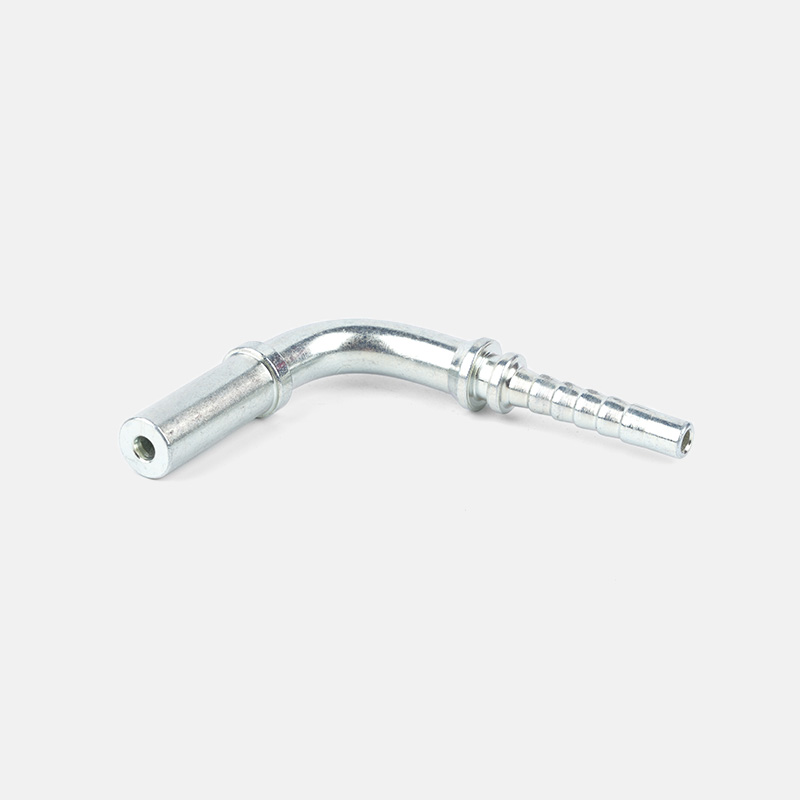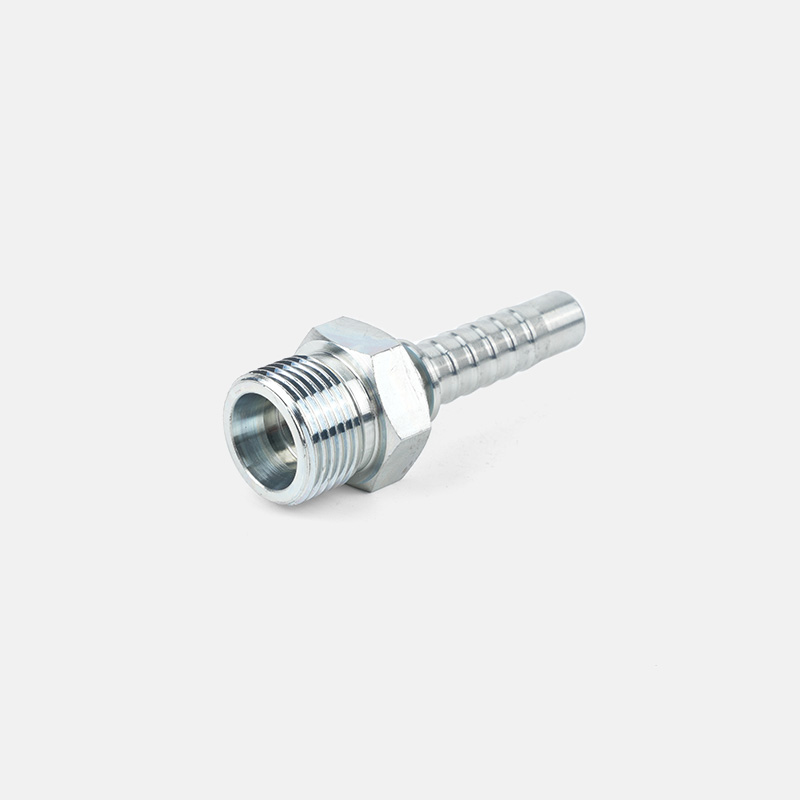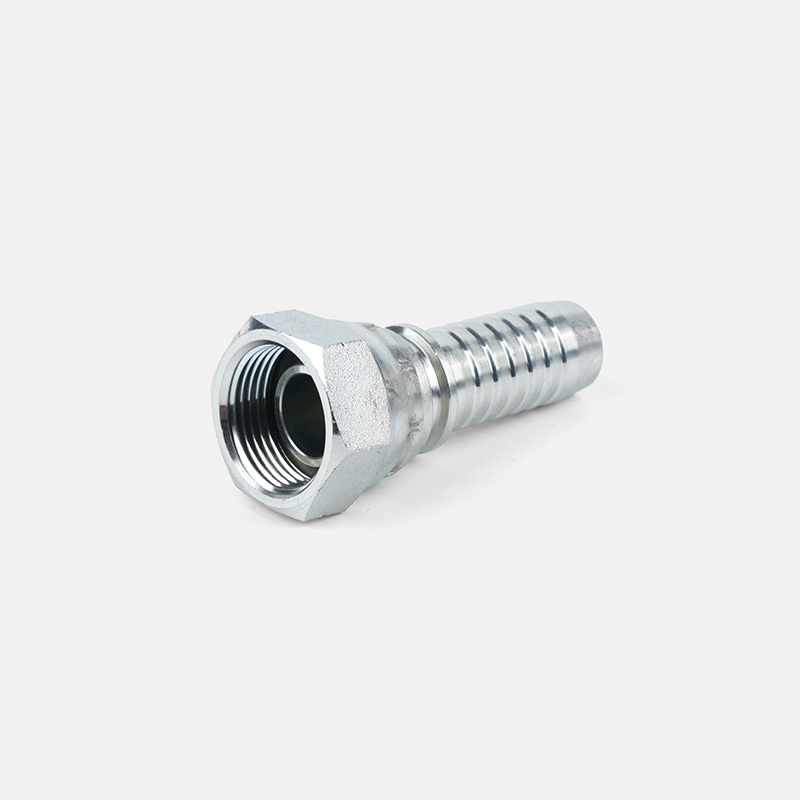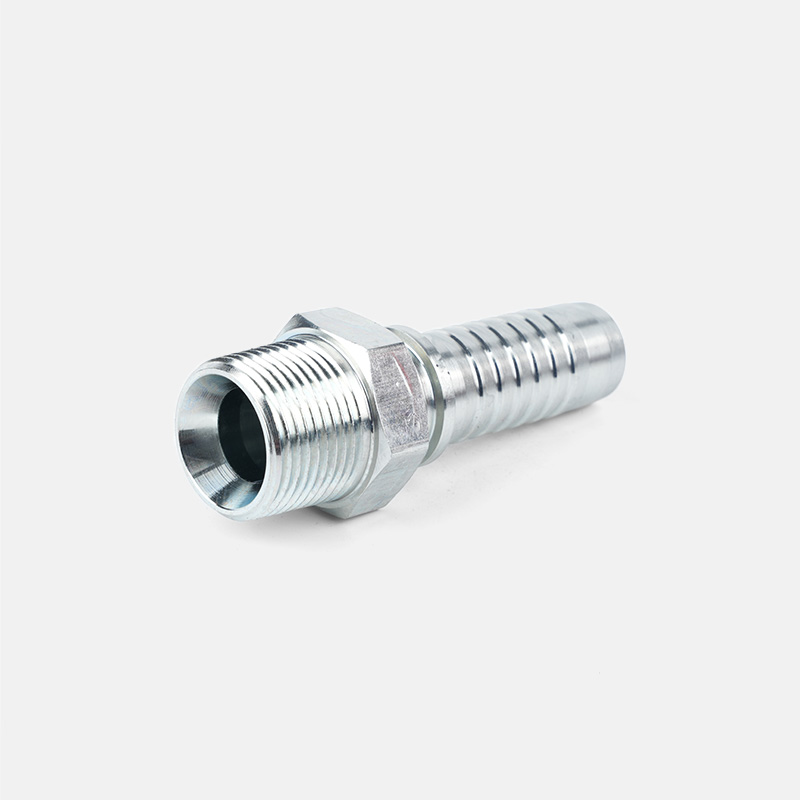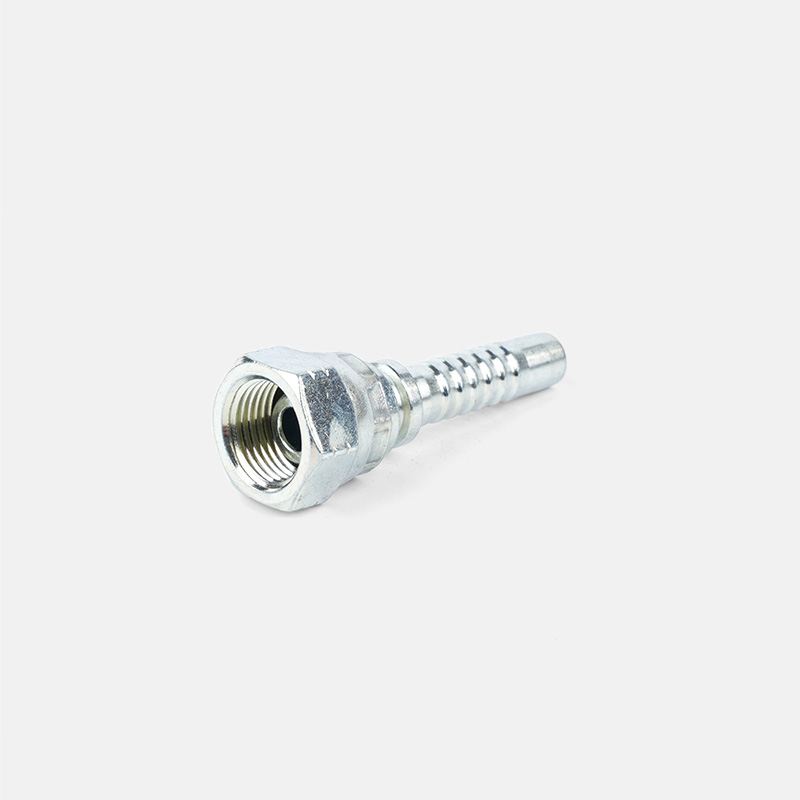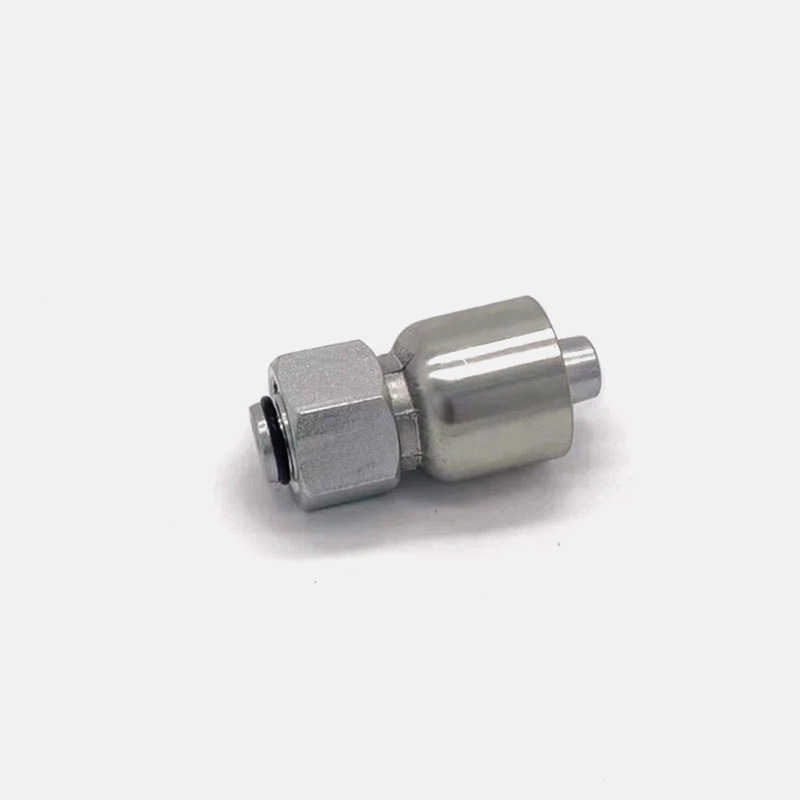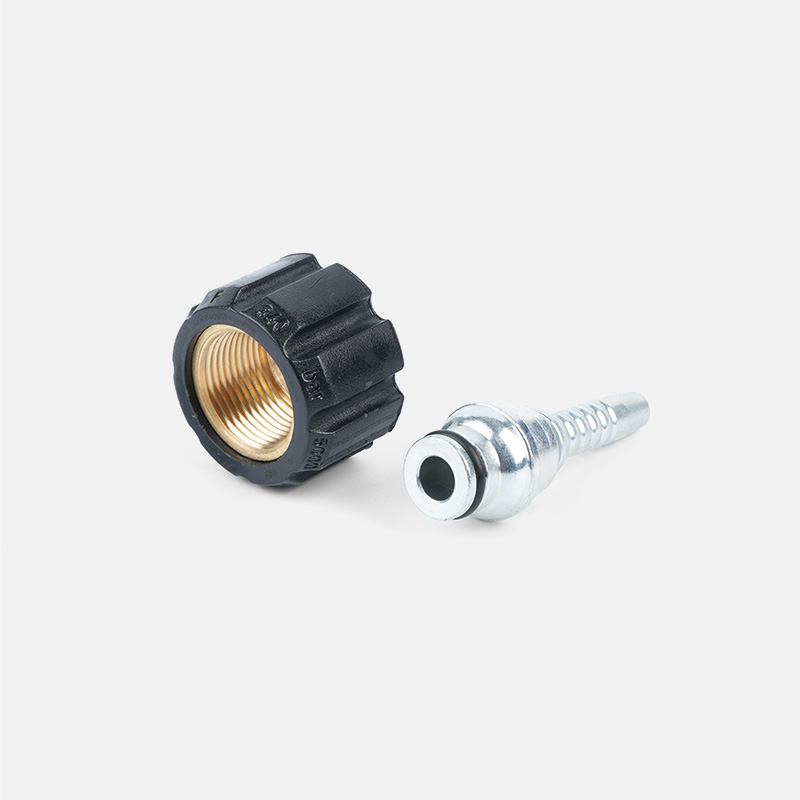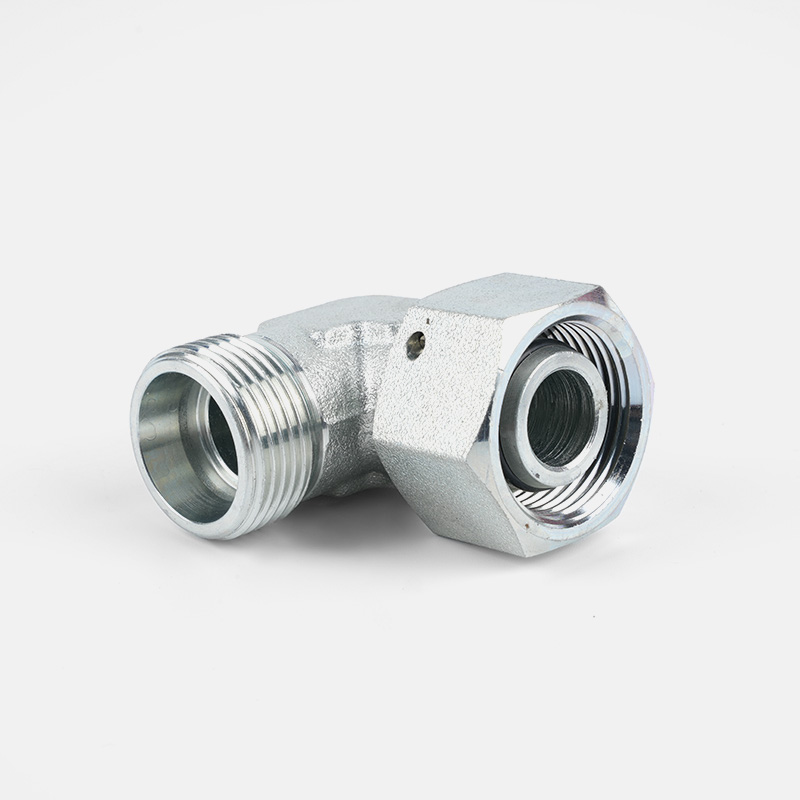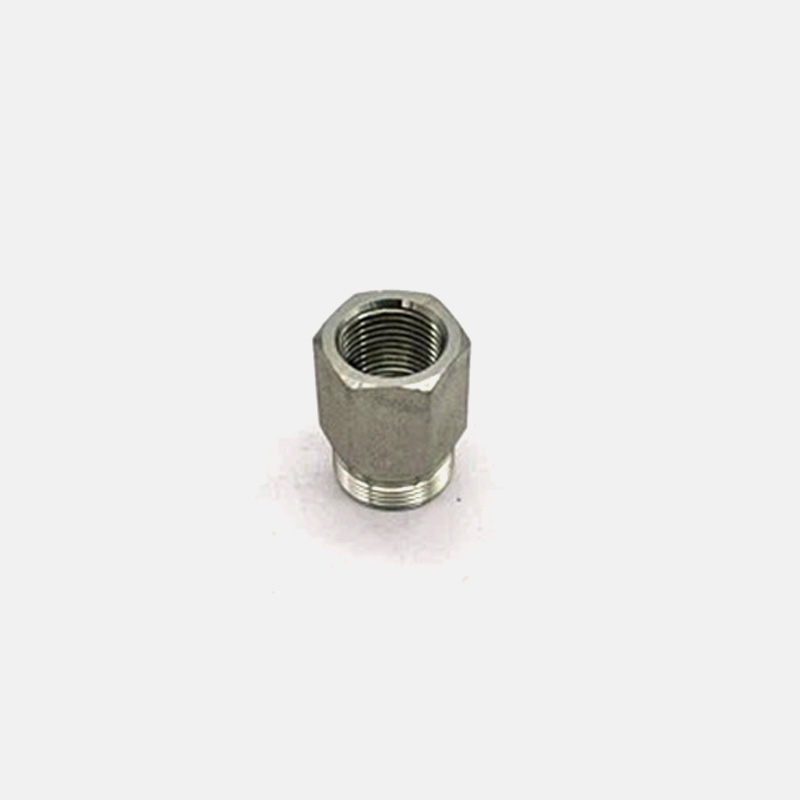Language
ENGHow to detect leakage problems in high pressure hydraulic ball valves?
 2025.05.26
2025.05.26
 industy news
industy news
High-pressure hydraulic ball valves are usually used in high-pressure systems such as oil and gas, mechanical equipment, and chemical industry. Any leakage may cause system failure or even safety accidents. It is very necessary to inspect and test them regularly. Visual inspection is the simplest and most intuitive detection method. By visually observing the outside of the ball valve, check whether there are signs of oil, water marks or discoloration on the surface of the valve body. Leakage usually causes oil or gas to form stains at the joints of the ball valve or on the surface of the valve body, especially in the joints and sealing areas. Although this method is very simple and does not require special tools, its limitations are also obvious. Usually only large external leaks can be found, and small leaks or internal leaks are difficult to detect. Visual inspection is also susceptible to the subjective judgment of the inspector, so it is not always fully relied on.
In addition to visual inspection, pressure testing is a more accurate detection method. By applying a gas or liquid with a higher pressure than the normal working pressure, usually using an inert gas such as nitrogen for testing, the actual situation of the high-pressure hydraulic ball valve in the working state can be simulated. This method requires pressurizing both ends of the valve to observe whether there is gas or liquid leaking from the valve body or joints during the pressurization process. In gas leak testing, a gas leak detector is often used to help accurately identify the leak location. Pressure testing can detect smaller leaks and can simulate actual use under working pressure, which can provide more reliable results. This method also has some disadvantages, such as the need to shut down the machine for testing and is not suitable for equipment that has been put into use.
For high-pressure hydraulic systems, the foam detection method is also a common and simple leak detection method. By applying soapy water or special foam liquid to the joints and valve body surface of the ball valve, you can observe whether bubbles are generated. If there are bubbles, it means that there is a leak in that part. This method is particularly suitable for detecting external leaks or smaller leaks. The advantages of the foam detection method are simple operation, low cost, and no need for complex equipment. Although it is very effective for detecting external leaks, it cannot detect internal leaks, especially when the valve is under high pressure or the pipeline is more complicated. The effect of the foam detection method will be greatly reduced.
Acoustic detection is an efficient and non-contact leak detection method. With an ultrasonic leak detector, leaks can be found by listening to high-frequency sound waves. When high-pressure liquid or gas passes through the valve, the leakage will generate sound waves of a certain frequency. These sound waves will be captured by a special ultrasonic detector and converted into electrical signals to show the specific location of the leak. The acoustic wave detection method is suitable for detecting leaks that are not easy to observe directly, especially small leaks or hidden leaks in high-pressure environments. Although this method can provide very high accuracy and is suitable for leak detection in complex environments, its disadvantages are that it requires the use of professional ultrasonic detection instruments, large equipment investment, and certain technical experience in operation.
The temperature difference method is also an effective detection method. When the high-pressure hydraulic system is operating normally, the flow of liquid will cause temperature changes on the surface of the valve. The leaking valve may have a different temperature from the surrounding area, and this temperature difference can be detected very clearly using an infrared thermal imager. Through the imaging of the infrared thermal imager, the temperature distribution on the surface of the valve body can be intuitively seen, thereby finding the leak point. This method can not only effectively detect leaks in high-pressure systems, but also detect them non-contactly without any additional impact on the equipment. The disadvantage of the temperature difference method is that it requires a special infrared thermal imager, and the temperature difference can only be seen when the leak is more serious, so it may be insufficient for detecting small leaks.
The gas nitrogen detection method is another common method for detecting leaks in high-pressure hydraulic systems. Nitrogen is injected into the system and a gas detection instrument is used to detect whether the nitrogen is leaking from the joints of the ball valve or the surface of the valve body. Since nitrogen is harmless and easily detected by special instruments, this method is very effective for detecting small leaks. Especially in confined environments or areas that cannot be directly observed, nitrogen detection can provide reliable leak diagnosis. Although this method is very effective, its disadvantage is that it requires some special equipment and technical support and is difficult to operate.


